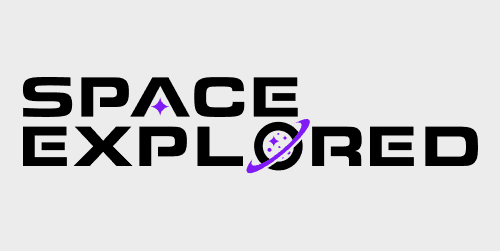
The FAA has now officially delayed the issuing of its Programmatic Environmental Assessment until April 29, 2022 – the previous date was March 28. This is yet another delay in the environmental process necessary for Starship to take its orbital flight – though this environmental process is not what is holding SpaceX’s launch back.
The FAA confirmed this delay in an email to those who requested updates on the process.
The Federal Aviation Administration (FAA) is updating the release date for the SpaceX Starship/Super Heavy Final Programmatic Environmental Assessment (PEA) on the Federal Infrastructure Permitting Dashboard (Permitting Dashboard) and project website. The FAA plans to issue the Final PEA on April 29th.
The planned April 29, 2022 release date will allow the FAA to review the Final PEA, including responses to comments, and complete consultation and coordination with agencies at the local, State, and Federal level. All consultations must be complete before the FAA can issue the Final PEA.
Different parts of the environmental review require consultation with various agencies, so there are numerous individual aspects that could be holding back the release of Starship’s environmental assessment.
The assessment was first delayed back in December due to the exorbitant number of comments on the assessment.
The FAA noted once again that there are multiple possible outcomes from this environmental assessment, ranging from a Finding of No Significant Impact to the requirement of an Environmental Impact Statement.
The completion of the environmental review will not guarantee that the FAA will issue a license to SpaceX to launch its Starship / Super Heavy vehicle. SpaceX’s license application must also meet FAA safety, risk and financial responsibility requirements.
While the requirement for an Environmental Impact Statement could potentially delay an orbital Starship flight from Boca Chica, this delay itself will not affect it. SpaceX CEO Elon Musk confirmed on Twitter that the company will be using its updated Raptor 2 engines for the orbital flight.
These Raptor 2 engines are more powerful and reliable, but the previously stacked Booster 4 and Ship 20 that were supposed to go on the orbital flight have earlier Raptors on board. This means the SuperHeavy Starship pair that was closest to flight readiness will not be making that flight (having been recently de-stack). This follows months of speculation to that effect. Instead, the Raptor 2 engines will be installed on even newer prototypes.
According to Musk, the engines will be ready next month, then it will take a month to integrate them onto the booster and Starship. His (notoriously optimistic) timeline has him “hopeful” for the orbital flight test to take place in May.
FTC: We use income earning auto affiliate links. More.






Comments